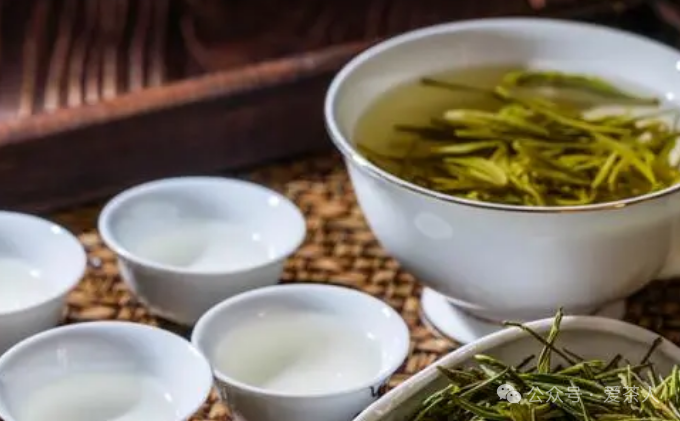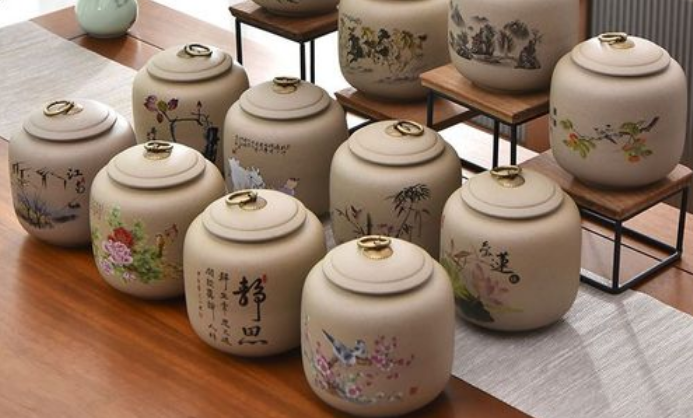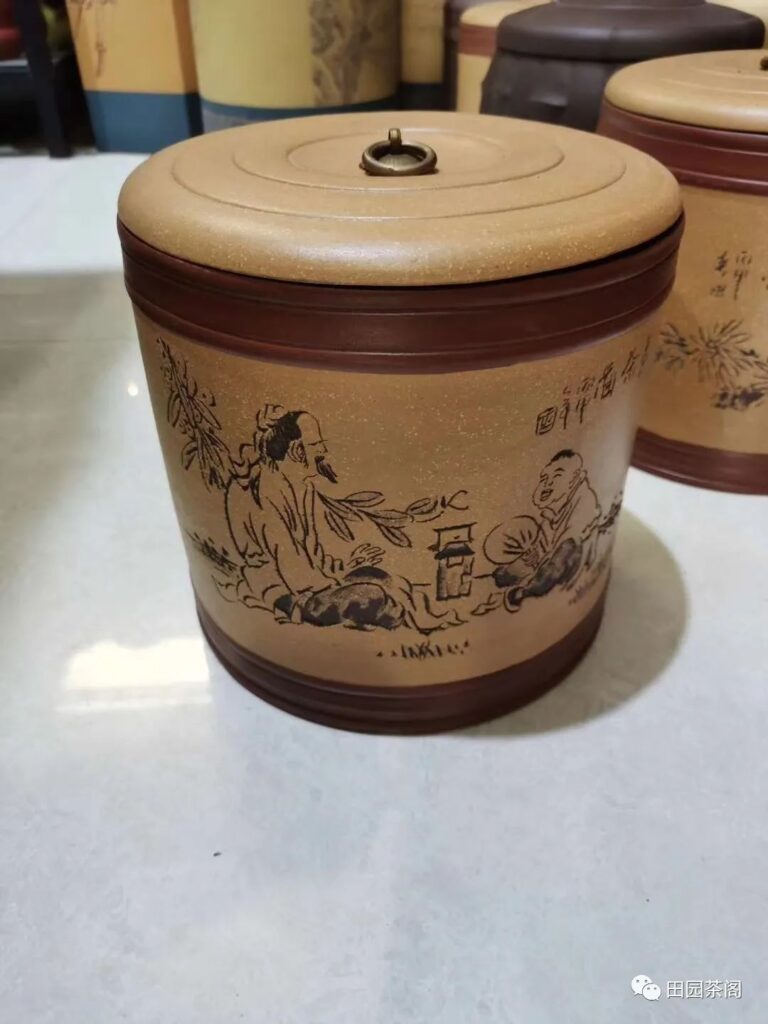Proper storage of tea is a crucial step in maintaining its quality and flavor. Here are some effective tea storage methods:
1. Basic Storage Principles:
Moisture-proof: Tea has a strong hygroscopic nature and is prone to mold and mildew, hence the storage environment must remain dry.
Light-proof: Ultraviolet rays in sunlight can destroy organic substances in tea, reducing its quality, so storage containers should be made of opaque materials.
Odour-proof: Tea easily absorbs odors and should be kept away from items with strong smells.
High-temperature avoidance: High temperatures can accelerate chemical reactions in tea, leading to a decline in quality, so the storage environment should avoid high temperatures.
Sealed: Reducing contact between tea and air prevents oxidation and spoilage.
2. Specific Storage Methods:
Drying cabinet storage: Utilizing the stable temperature and air-tight properties of a drying cabinet can effectively prevent tea from becoming damp or oxidized.
Refrigerator storage: Suitable for delicate teas such as Longjing and Biluochun. Low-temperature storage maintains the freshness and aroma of tea, but it is important to ensure the refrigerator is clean and odor-free, and that tea is sealed to prevent cross-contamination with other foods.
Thermos storage: Using a well-insulated thermos as a storage container, dry tea is placed inside with minimal air left, the mouth is tightly sealed with a cork stopper, coated with white wax, and wrapped with adhesive tape. This method is simple and effective.
Can storage: Tins or iron cans are the most suitable materials because they are opaque, moisture-proof, and anti-oxidation. Before packaging, a layer of cotton paper or kraft paper should be lined inside the can, and it should be kept clean, dry, and odor-free. A double-lid stainless steel tea can is also a good choice, which can be wiped with tea leaves to remove odors before use.
Sealed jar storage: When using, it is best to first package the tea in an aluminum foil bag and then place it inside, adding a desiccant to enhance moisture-proofing.
Ceramic jar storage: Suitable for storing teas with a longer shelf life, such as dark tea, white tea, and Pu-erh tea. Choose a dry, odor-free, and sealed ceramic jar, wrap the tea with kraft paper and place it in the jar, with lime bags in between to absorb moisture. Lime bags need to be replaced regularly to maintain drying effects.
Plastic bag and aluminum foil bag storage: Choose thick plastic bags or aluminum foil bags for food, and after filling with tea, try to squeeze out the air in the bag. It is even better if a second bag can be reversely fitted. Transparent plastic bags should avoid sunlight exposure. Place the packaged tea in the refrigerator and brew in batches to reduce contact with air.
3. Precautions: Regularly check the condition of the tea, and if any dampness, mold, or off-flavors are found, they should be dealt with promptly. Different types of tea should be stored according to their characteristics, such as green tea and other unfermented or lightly fermented teas should be stored in low-temperature environments, while fermented teas like black tea should be stored at room temperature but with attention to moisture and light avoidance.
When storing tea, it is essential to choose containers made of non-transparent materials to prevent direct sunlight from affecting the quality of the tea.
Teas such as Pu-erh, which require continuous fermentation, should not be stored in airtight containers; instead, they should be stored in well-ventilated areas.
By following these storage principles and methods, you can effectively maintain the quality and flavor of your tea, allowing you to enjoy the best tea aroma experience at any time.



